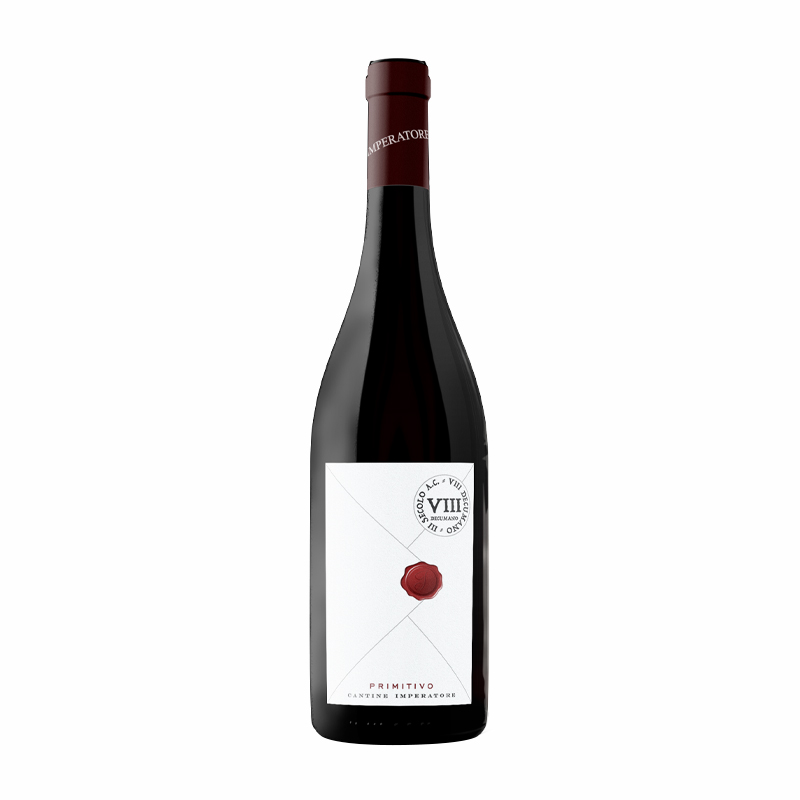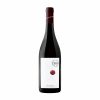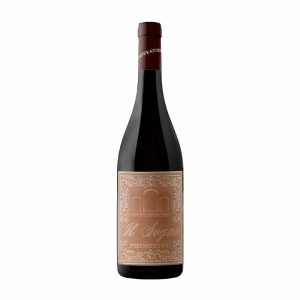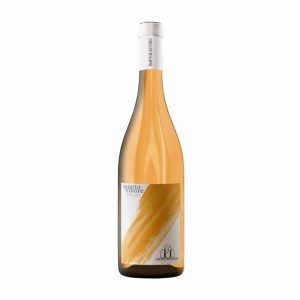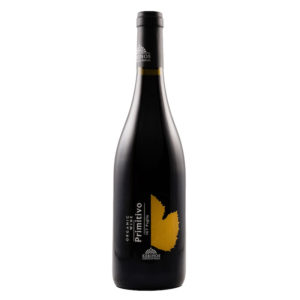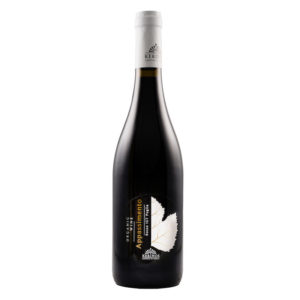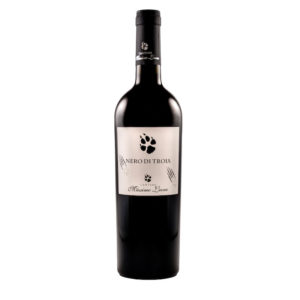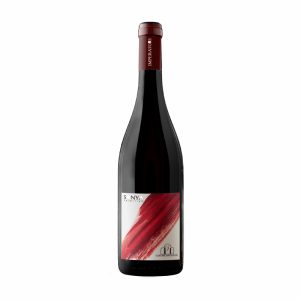| Country | |
|---|---|
| Region | Puglia |
| Grape Variety | Primitivo |
| Producer | Cantine Imperatore |
| Certification | Organic |
Primitivo IGP Decumano 2020 – Cantine Imperatore
£24.90
Intense ruby red in color, Primitivo “Decumano” presents a captivating and complex profile marked by distinct herbal, floral, and fruity notes. Its subtle tannins provide a gentle embrace, creating a harmonious and well-rounded tasting. This versatile wine pairs perfectly with a variety of dishes, including pasta, red and white meats, and aged cheeses.
Out of stock
Colour
FLAVOURS
Palate
Sweetness
Acidity
Tannins
Body
Abv
Serve At
Food Pairing
The winery places a strong emphasis on respecting nature and plants. The wine is crafted using natural methods, drawing inspiration from the past while looking to the future. The hallmark of their production is the evident elegance that shines through in every bottle. They produce five Primitivo crus in the Adelfia hills in Puglia (DOC Gioia del Colle), with each bottle sourced from its own small, naturally managed, and transitioning organic bush vine vineyard.
Primitivo
The name derives from the italian Primaticcio, meaning first to ripen. In fact it is one of the first grapes to be picked in Italy, usually in August. Primitivo is a variety of red grape grown across Puglia, which has found its ideal habitat in two areas above all others: the red soils of the Taranto Province where it is used to make Primitivo di Manduria and among the hills of Gioia del Colle in the Bari Province, and in the Murgia uplands.
The Primitivo vine is averagely vigorous and matures early, giving low-medium yields. It suffers drought, spring frosts, flower abortion and high temperatures. Its most problematic characteristic is its tendency to over-ripen very rapidly: sometimes a delay of just a few days in harvesting will lead to shrivelled grapes with a rapid loss of acidity and fresh flavours.
The typical grape cluster is small and elongated, loose with round berries. The skin is delicate and quite thin, and for this reason it is sensitive to humidity and moulds.
It easily reaches high alcohol levels and historically used to boost up more famous wines in France and northen Italy. Also known as Zinfandel in the USA, in 1994 the 2 varieties have been proven to be genetically identical.
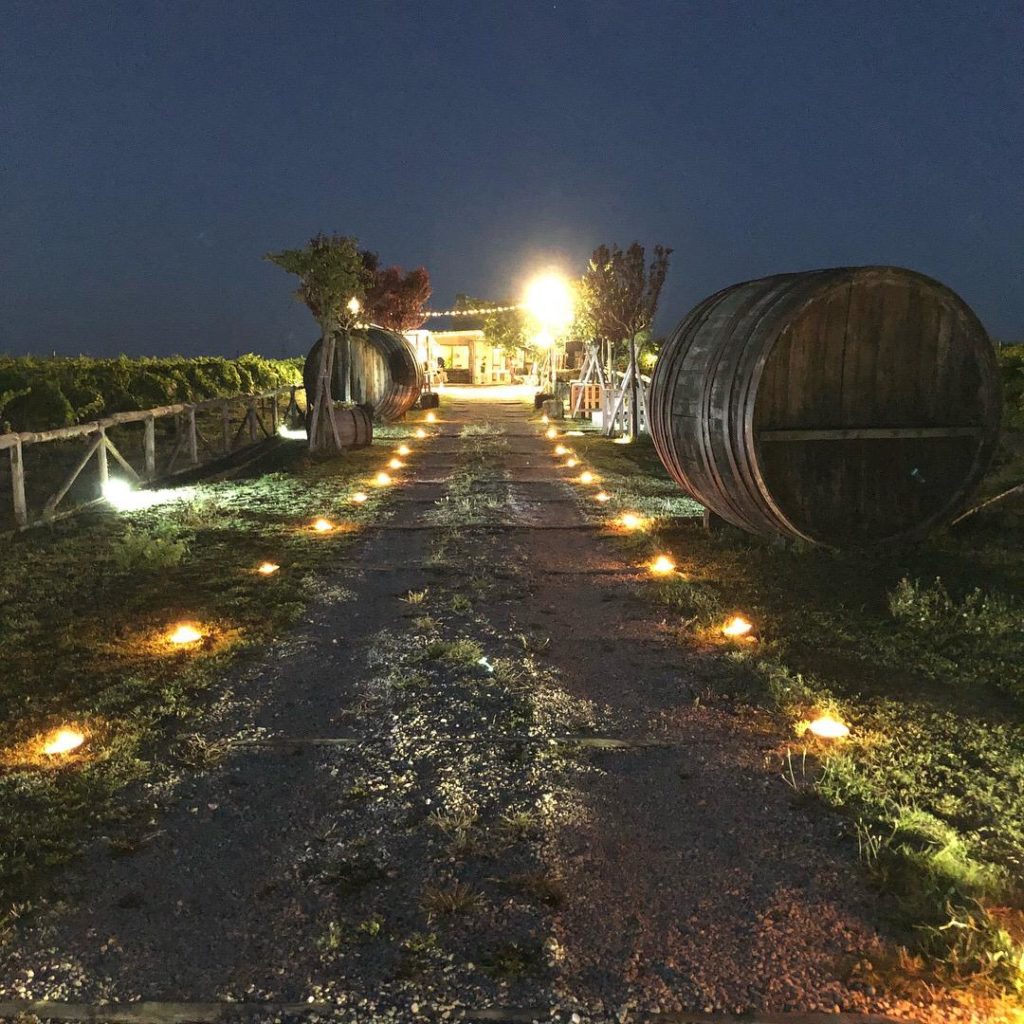
You might also enjoy
-
Primitivo IGT Puglia 2023 – Azienda Agricola Kerinos
£13.60Original price was: £13.60.£10.90Current price is: £10.90. Add to basket


